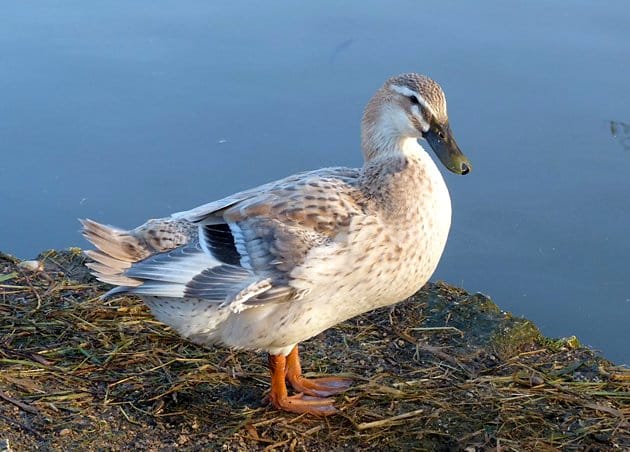The most mystical birds we all long to see and know well are most often the most difficult to find.
It is part of their biology that makes not only plumage, but behavior, cryptic. These adaptations for avoiding predators has allowed most species of owls to flourish in their own habitat albeit, with reclusive habits. Finding an owl excites the unexcitable and even the most seasoned birders. I can speak for myself and say that finding any owl makes me stop in my tracks. This time of year, in Colorado, offers exciting species like the Boreal Owl and the Northern Pygmy-Owl. Flammulated Owls are late spring arrivals on their way back from their Mexican wintering grounds. The former two species, however, are resident and are just starting to come alive. What makes them tricky is they often live in areas of high elevation, which in March, can still be cold and snowy.
The Boreal Owl breeds in high Spruce-Fir/Douglas-Fir forest which lie above 9,000 feet. Believe me, the snow pack is still remarkably deep up there. Northern Pygmy-Owls tend to breed in the foothills from 5,000-8,500 feet above sea level but prefer steeper slopes amidst canyons which don’t often receive too much sunlight. There are the odd cases as always but this is generally what I find. I took the afternoon a few days ago to seek out a pair that had bred last year in Golden Gate Canyon State Park near Golden, CO. My good friend and owl expert, Scott Rashid, had educated me two years ago about their Colorado habitat preferences. After learning that information I went around looking for the preferred habitat. As it were, Scott was on the money and the place I found these owls was described by Scott darn near verbatim. I am curious to find out what kind of site fidelity these owls have. They are known to breed in a number of different habitats across their large range where multiple species are considered, but Colorado holds some definite keys.
Now, I dipped on finding the birds the other day, but I do plan on return trips. Also, I left with too much sun in the sky and these birds literally call for only short periods of time as the light is fading. I focus on canyons with mixed species of trees. It is important to have both deciduous and coniferous types in their local home range and the area must be near a water source. The other major factor is their home sites tend to be adjacent to steeper slopes and near open areas. This place in Golden Gate Canyon was precisely that.

These gray-brown birds often sit sedentary for long periods which makes them hard to find but easy to view once found. In high breeding, males will flick their tails from side to side like a slow pendulum as they call and observe their surroundings.
The small birds that this species eats typically are drawn to the bird by two large pseudo-eyes in the form of large black dots on the back of the head. Birds like chickadees and sparrows attack the front of the bird thinking the large black dots on the back of the head are the eyes. This allows for the Northern Pygmy-Owl to view it’s prey from the font and reach out and snatch one of the scolding chickadees.
The birds in Colorado are part of the Northern Pygmy-Owl make-up that gives a low toot with longer spaces in between. When the male is excited he gives of a quick tototototo……toot…….toot….etc. The Mountain Pygmy-Owl (likely future split) is smaller, breeds in the desert southwest and has a higher pitched two-note system of tooting. I have seen the Northern Pygmy-Owl call on the periphery of the forest in order to better distribute their song. He will fly back and forth to common perches (high and exposed) and take his time. I wonder how often I have been out hiking and had eyes like the photo above peering down at me? Probably more than I would like to admit.
If you live in an area where small owls breed be aware that they are approaching the height of their song season now. In the northern latitudes this means you must brave the cold, but isn’t it worth it just to catch a glimpse of these secretive creatures? I think so! Look at the tree tops as I did when I digiscoped the owl above with a Nikon EDG Fieldscope. I wish all of you a pleasant March/April and good birding to you.






 New writers welcome – please contact us for details.
New writers welcome – please contact us for details.

















I love owls! 🙂 There is some great info on About.com on owls.
And you should also check out Harold Stiver’s (@HaroldStiver) owl photographs.
Here is a link to his Flickr Photoset on owls – I have even shortened the URL using Ow.ly: http://ow.ly/1IZkDS 🙂
Nice, Mike. This reminds me that the Saw-whets should be rolling through my area right about now. Gotta get out and see some owls!
Thanks for the interesting post! I’m impressed you could photograph owls in daylight, and they are lovely photos. Some birders I met where I used to live in Marin County, CA, once took me “owling” at 4:00 am and we didn’t see a thing. They claimed to hear some in the distance, but I couldn’t hear anything at all.
In a year of birding I have not actually discovered an Owl. All that i’ve seen have been owls that someone has found already and kindly directed me to.
Difficult but awesome animals.